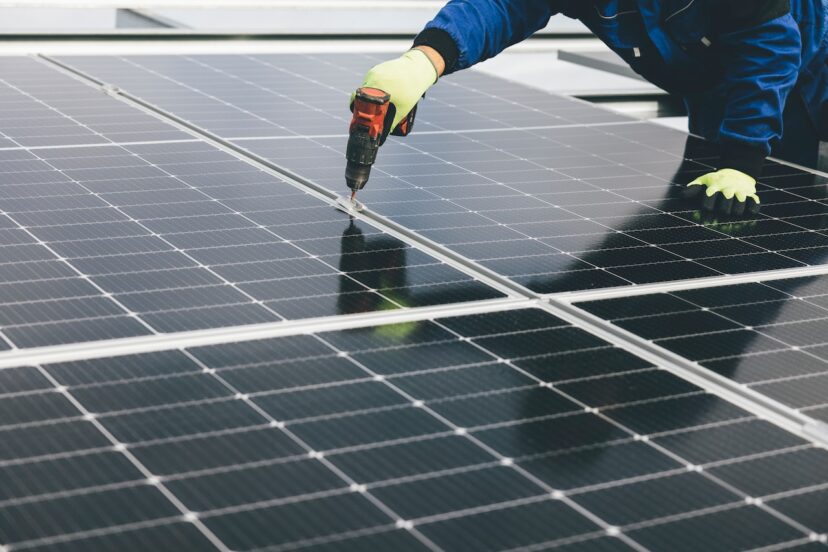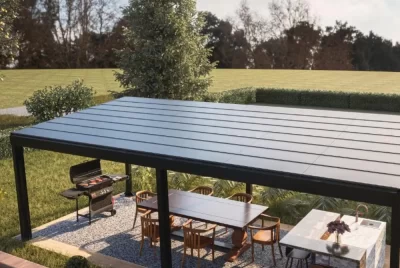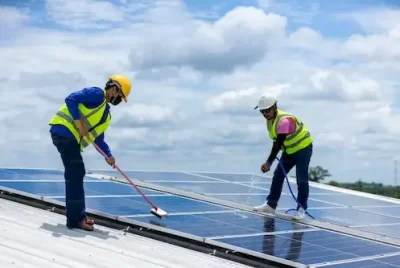How to Align Solar Panels: Solar Panel Alignment Tools
We may earn a commission for purchases made using our links. See our disclosure to learn more.
A solar panel absorbs sunlight and converts it into electricity. To maximize this conversion, the orientation, tilt, and alignment of solar panels are vital. But aligning solar panels can sometimes be a complex process fraught with challenges. This guide provides comprehensive insights into solving alignment problems for solar panels and modern solar panel alignment tools.
Understanding the Basics of Solar Panel Alignment Tools
To align solar panels effectively, it’s important first to understand the basics of how solar panels work. They use photovoltaic cells that convert sunlight directly into electricity. However, this process depends heavily on the angle and intensity of sunlight hitting the panels. Therefore, any alignment must optimize these two factors.
The Importance of Alignment
The performance of solar panels is directly related to how much sunlight they receive. Misalignment could lead to a significant reduction in energy output, as the panels may not capture sunlight as effectively as they could. By ensuring correct alignment, you maximize solar exposure and boost your panels’ efficiency.
The Ideal Solar Panel Alignment
At midday, when the sun is directly overhead, solar panels will produce the most energy if they are pointed in its direction. This orientation varies depending on geographical location:
- In the Northern Hemisphere, panels should be oriented towards the south.
- In the Southern Hemisphere, they should face north.
In addition, the latitude of the site should be taken into account while determining the angle of inclination, or tilt, of solar panels. The general rule of thumb for the panel’s angle is that it should be the latitude minus 15 degrees in the summer and the latitude plus 15 degrees in the winter. An annual adjustment can be made by setting the angle to the latitude of the location.
Common Problems with Solar Panel Alignment and Their Solutions
Despite the general guidelines, the process of aligning solar panels can encounter numerous issues, including:
1. Overcoming Location Constraints
The foremost constraint in solar panel installation and alignment is the physical location. For instance, your roof might not be perfectly suited to place solar panels for optimal sunlight exposure. It might be pitched at an angle that does not facilitate maximum sun exposure, or it might be oriented in the wrong direction. Perhaps your location itself is problematic, with structures like tall buildings, trees, or billboards that cast long shadows, effectively barring your panels from getting the sunlight they need to generate power efficiently.
Moreover, issues can arise from regional and seasonal differences. For instance, your solar panels may not be as efficient if you live in an area with frequent cloud cover or where the sun’s yearly path varies greatly from one season to the next. Each of these aspects can turn solar panel alignment into a challenging task.
But don’t be discouraged! There is a solution to these location constraints: solar trackers. These are innovative devices that automatically adjust the solar panels’ orientation and tilt to keep them facing the sun directly as it moves across the sky. This technology maximizes the amount of sunlight the panels absorb, optimizing solar energy production.
There are two primary types of solar trackers: single axis solar tracker and dual-axis solar tracker. Single axis solar tracker follows the sun’s path from east to west, while dual axis solar tracker also adjust to the sun’s varying height in the sky throughout the year. While more expensive than traditional fixed solar panels, solar trackers can significantly boost energy production, making them a worthwhile investment, especially in locations with less than ideal conditions.
2. Dealing with Inconsistent Energy Production
Solar panels are incredible pieces of technology, but they have their limitations. One of the significant challenges faced by solar energy users is the inconsistency of energy production. The energy output from solar panels can fluctuate dramatically due to several factors. These include changes in weather conditions, seasonal variations in sunlight duration and intensity, and differing levels of sunlight during various times of the day.
During the peak sunlight hours, when the sun is high in the sky, your solar panels can generate more power than you need. But as the sun sets, or when clouds roll in, the power generation can drop off, sometimes leaving you with insufficient power when you need it most.
There are many pros and cons of solar battery storage. Luckily, there’s a practical solution to this problem: solar battery storage systems. These systems store the excess energy produced during periods of high solar output, like sunny afternoons. The storage of energy not only stabilizes your solar energy production but also ensures a reliable power supply during peak energy usage times, like early mornings and evenings.
Furthermore, integrating a solar battery storage system into your solar power setup allows you to tap into solar power even during power outages.
3. Rectifying Incorrect Orientation
Incorrect orientation is another common issue that can reduce the efficiency of your solar panels.Your panels should face the equator to maximize the amount of sunlight they receive each day. However, if solar panels are installed incorrectly or their purpose is misunderstood, they may end up facing in the wrong direction, preventing them from receiving adequate sunlight.
If you live in the Northern Hemisphere and your panels aren’t facing south, you’re losing out on a lot of potential energy production. Similarly, in the Southern Hemisphere, your solar panels won’t work as well if they aren’t facing north. The issue of incorrect orientation is especially critical during winter months. When the sun’s trajectory is lower and days are shorter.
The solution to incorrect orientation is fairly straightforward – make sure your solar panels are correctly oriented towards the equator. For those in the Northern Hemisphere, this means orienting your panels to the south. Conversely, for those in the Southern Hemisphere, panels should be oriented towards the north.
Using Technology for Better Alignment
Thankfully, modern technology offers many solar panel alignment tool and gadgets to help with solar panel alignment:
- Solar Pathfinders: Such devices help identify the optimal location for installing your solar panels, considering potential obstructions.
- Solar Angle Calculators: They help determine the best tilt angle for your solar panels. The angle is calculated based on your geographical location and the current season.
- Solar Trackers: These automatic systems change the orientation. It tilts of the solar panels throughout the day to capture maximum sunlight.
Visit Solar Power Knowledge Hub for more solar panel hacks!




